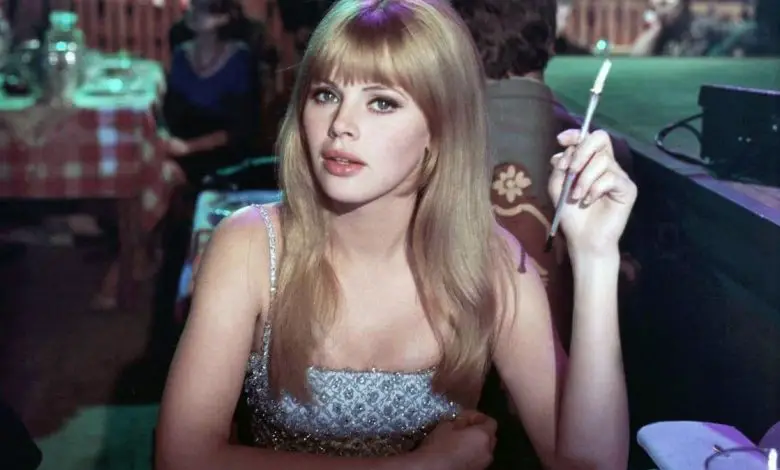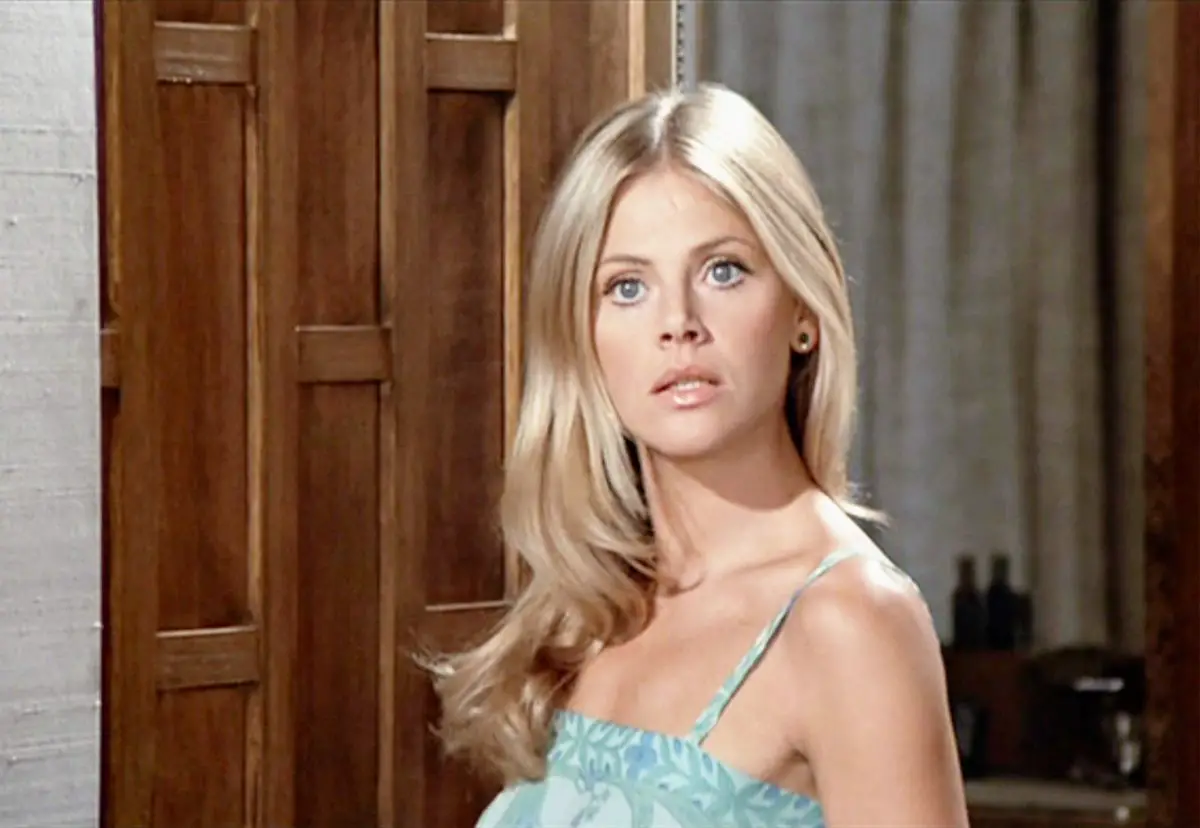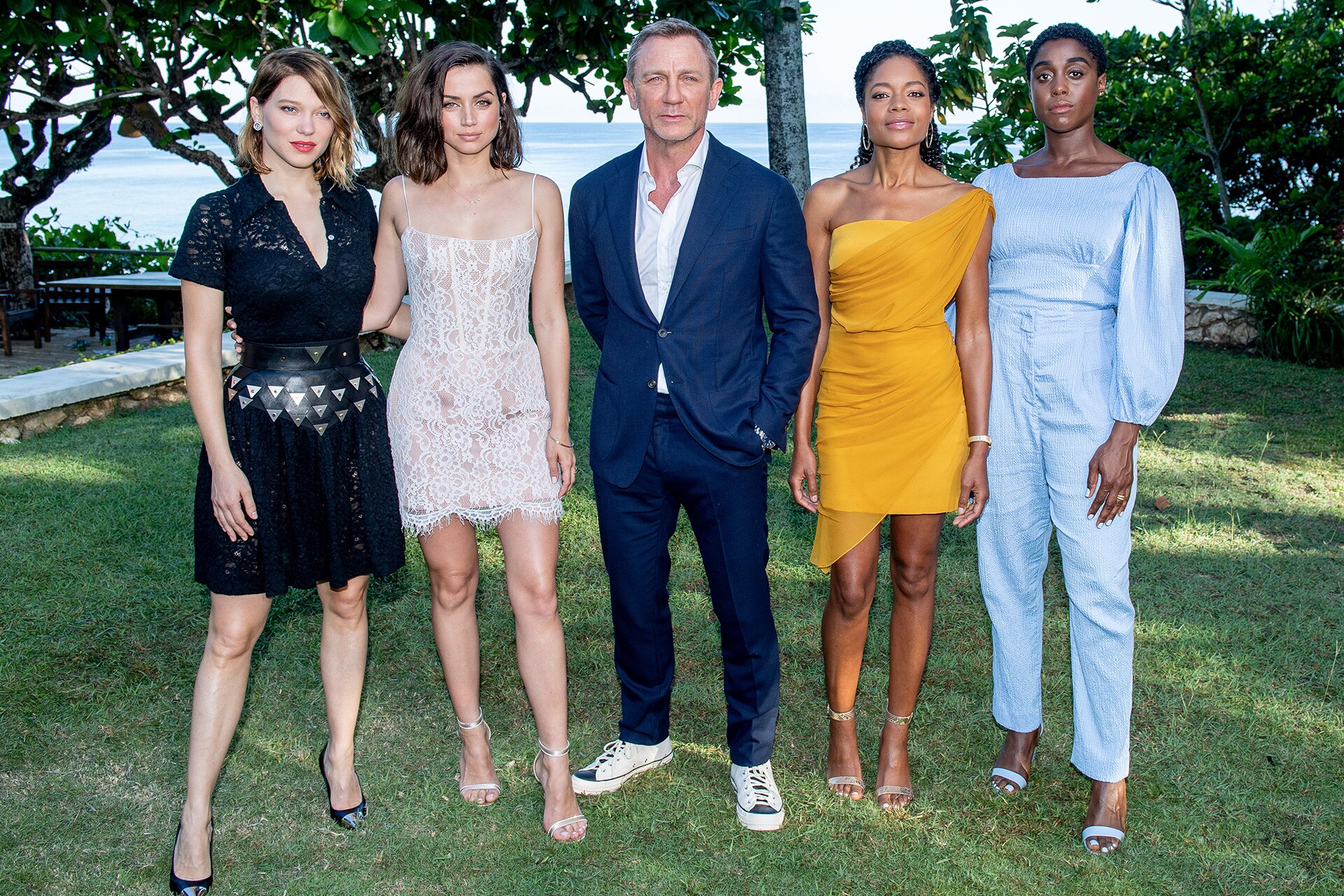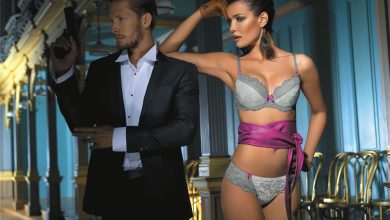The Roger Moore Bond Girl on How the 007 Movies Have Changed: “We Had Good Bodies and Didn’t Try to Look Sexy.”

The James Bond franchise has captivated audiences for six decades, offering thrilling espionage adventures with a touch of glamour and romance. One aspect that has evolved over the years is the portrayal of the iconic Bond Girl. In a recent interview, former Bond Girl Britt Ekland shares her perspective on the changing nature of the Bond Girl and the advancements made in the working conditions for women in the franchise. While acknowledging the positive changes, Ekland also expresses her belief that the old 007 movies had a certain charm and enjoyment that may have been lost in the pursuit of political correctness. In this article, we delve into Ekland’s insights and explore how the Bond franchise can continue to evolve beyond its sexist past.
Key Takeaways
- The Bond Girl trope has evolved from being mere eye candy to portraying strong, independent Bond Women with their own agency and storylines.
- The working conditions for Bond women in modern films have significantly improved, thanks to the influence of political correctness and the #MeToo movement.
- While modern Bond films have made progress in addressing sexist portrayals, there is still room for improvement in fully empowering and representing female characters.
- The franchise can continue to evolve by reimagining underutilized characters like Mary Goodnight and exploring narratives that challenge traditional gender roles.
- Audiences have high expectations for the future of the James Bond franchise, seeking diverse and inclusive storytelling that reflects changing cultural attitudes.
The Evolution of the Bond Girl
In a recent interview with Metro, Ekland highlights the transformation of the Bond Girl into the Bond Woman in contemporary films. She acknowledges that the working conditions for women in the franchise have significantly improved, thanks to the influence of political correctness and the #MeToo movement. However, she expresses her belief that the end product of the modern Bond movies lacks the same level of enjoyment as the films from her era. According to Ekland, the Bond Girls of the past embraced their physical attractiveness without trying to be overtly sexy, making the experience more authentic and fun.

Ekland explains, “We just went out there, we were always in a bikini, and all these people are fully dressed, very typical, but it was a job, and we did it. So, I think today the Bond women have it – from a political correctness point of view – in a much better position. But I think we had more fun.”
Bonding with Change: Moving Beyond Sexist Traditions
The James Bond franchise, with its 25 official films spanning six decades, holds a unique place in cinema history. However, some aspects of the series, particularly the portrayal of female characters, have not aged well. The Bond Girl trope, often presenting women as mere objects or disposable conquests, remains a troublesome element of the franchise’s legacy.

While the Craig era attempted to subvert these sexist representations by providing Bond with more complex love interests and equal partners, the franchise still has room to grow. Building on this progress is essential for the series to thrive in the 21st century.
Redefining the Bond Girl
To ensure the James Bond franchise continues to evolve beyond its misogynistic roots, it must embrace further changes. One potential avenue is revisiting and reinventing the character of Mary Goodnight, a recurring figure in Ian Fleming’s original novels who has received limited attention on the big screen. By giving Mary Goodnight a more significant role and a fresh portrayal, the franchise can demonstrate its commitment to progress and inclusivity.
Additionally, the Bond series can continue to explore new narratives and character dynamics that promote gender equality and agency for female characters. The success of introducing Vesper Lynd, Madeleine Swann, Nomi, and Paloma in the Craig films illustrates the audience’s appetite for more well-rounded and empowered Bond women.
The Future of James Bond
As the search for Daniel Craig’s successor as the new 007 ensues, it is evident that the James Bond franchise remains a subject of enduring interest. Fans are actively championing their favorite casting choices, indicating a bright future for the world’s most famous secret agent.
To sustain this momentum, the franchise must recognize the need for continued evolution. By leaving behind the sexist traditions of the past, embracing new perspectives, and reimagining the role of the Bond Girl, the James Bond series can secure its relevance and captivate audiences for decades to come.
FAQ: Bond Girl Evolution and the Future of 007 Movies
1. How has the Bond Girl evolved over the years?
Over the years, the Bond Girl has undergone a significant evolution within the James Bond franchise. In the past, Bond Girls were often portrayed as mere objects of desire or disposable conquests. However, in recent years, there has been a conscious effort to depict Bond Women who are more than just eye candy. They are now portrayed as strong, independent characters with their own agency and storylines. This evolution reflects the changing cultural attitudes towards gender roles and the demand for more diverse and empowering representations of women in media.
2. What improvements have been made in the working conditions for Bond women in modern films?
Modern Bond films have made substantial improvements in the working conditions for Bond women. With the influence of political correctness and the #MeToo movement, there is now a greater emphasis on creating a safe and respectful environment on set. This includes providing clear guidelines on boundaries, ensuring open communication, and promoting gender equality in terms of pay and treatment. These improvements have contributed to a more inclusive and empowering experience for the actresses portraying Bond women, allowing them to fully embrace their roles without compromising their dignity or well-being.
3. How do the old 007 movies compare to the modern ones in terms of enjoyment?
According to Britt Ekland, who starred in the old 007 movies, the films of her era were more enjoyable compared to the modern ones. She believes that the old Bond movies had a sense of fun and authenticity because the Bond Girls were naturally beautiful and confident without trying too hard to be sexy. In contrast, she feels that the modern films may have lost some of that carefree enjoyment due to increased political correctness and the need to cater to various sensitivities. However, it’s important to note that enjoyment is subjective, and different viewers may have different preferences when it comes to the overall tone and style of the Bond movies.
4. Have the Craig-era films made progress in addressing the sexist portrayal of Bond Girls?
Yes, the films of the Craig era have made significant progress in addressing the sexist portrayal of Bond Girls. These films have made a conscious effort to provide Bond with love interests who are more than just eye candy. Characters like Vesper Lynd and Madeleine Swann have been portrayed as complex individuals with their own motivations and story arcs. Additionally, the introduction of strong female characters like Nomi and Paloma as equals to Bond further demonstrates the franchise’s commitment to moving away from the outdated and sexist traditions of the past. While there is still room for improvement, the Craig-era films have undoubtedly taken important steps towards a more inclusive and empowering representation of Bond women.
5. Can the Bond franchise completely move on from its misogynistic roots?
Yes, it is possible for the Bond franchise to completely move on from its misogynistic roots. To achieve this, the franchise needs to continue embracing change and challenging traditional gender stereotypes. One way to accomplish this is by reimagining and reintroducing characters like Mary Goodnight, who may have been underutilized in the past. By giving these characters more substantial roles and empowering storylines, the franchise can showcase its commitment to progress and inclusivity. Additionally, the Bond series can continue to explore narratives that provide more agency and depth to female characters, further breaking away from the sexist traditions of the past.
6. What are the audience’s expectations for the future of the James Bond franchise?
Audiences have high expectations for the future of the James Bond franchise. They want to see a continuation of the progress made in recent films, with more well-rounded and empowered female characters. Audiences are also eager to witness the franchise explore new narratives that challenge gender norms and provide diverse perspectives. In addition to that, fans are actively engaged in discussing and championing their favorite casting choices for the next James Bond, indicating a strong interest in the franchise’s ongoing relevance and appeal. The future of the James Bond franchise lies in its ability to adapt, innovate, and create stories that resonate with today’s audiences.
7. How can the James Bond franchise ensure its long-term success?
The James Bond franchise can ensure its long-term success by staying true to its core elements while adapting to the changing times. It needs to continue embracing diversity and inclusivity, both in terms of casting and storytelling. This means providing more opportunities for women and individuals from underrepresented groups to take on significant roles, both on-screen and behind the scenes. Additionally, the franchise should prioritize strong character development and engaging narratives that resonate with a wide range of audiences. By staying relevant and addressing societal changes, the James Bond franchise can maintain its position as a beloved and enduring cultural phenomenon.
8. Are there any other iconic Bond Girls who deserve a second look?
Certainly, there are several iconic Bond Girls who deserve a second look. Characters like Honey Ryder, Pussy Galore, and Xenia Onatopp have become cultural touchstones, but their portrayals were often confined to one-dimensional stereotypes. Revisiting these characters and giving them more depth and agency would be a valuable step in reevaluating the franchise’s past representations. It would also provide an opportunity to showcase the evolution of the Bond Girl and explore their stories beyond the confines of traditional gender roles.
9. How important is it for the Bond franchise to reflect changing cultural attitudes?
Reflecting changing cultural attitudes is crucial for the Bond franchise to remain relevant and resonate with contemporary audiences. Society’s perspectives on gender, diversity, and representation have evolved significantly over the years. By addressing these changes and adapting to them, the franchise can ensure its continued success. Bond films that embrace inclusivity, challenge stereotypes, and offer diverse perspectives are more likely to engage and captivate modern viewers. It is essential for the franchise to listen to audience expectations and incorporate these changing cultural attitudes into its storytelling.
10. Will the James Bond franchise continue to push boundaries and redefine the spy genre?
The James Bond franchise has a history of pushing boundaries and redefining the spy genre. With each new installment, the franchise has the opportunity to innovate and surprise audiences. To maintain its relevance, the Bond series should continue to challenge traditional tropes and expectations associated with the spy genre. This includes exploring new narratives, introducing complex characters, and embracing diverse perspectives. By doing so, the franchise can captivate viewers, attract new fans, and solidify its position as a trailblazer in the spy film genre.
Conclusion
As the James Bond franchise looks to the future, it must navigate the delicate balance between progress and preserving the essence of what has made it a cultural phenomenon. While the Bond Girl has evolved from being a decorative accessory to a more empowered and complex character, there is still work to be done to fully break away from the franchise’s sexist roots. By continuing to embrace diversity, providing well-rounded roles for women, and challenging traditional gender norms, the Bond series can ensure its long-term success. The franchise must strive to deliver compelling narratives that captivate audiences while reflecting changing cultural attitudes. With a commitment to inclusivity and thoughtful storytelling, the James Bond franchise can continue to reinvent itself and remain a beloved and influential part of cinematic history.










3 Comments